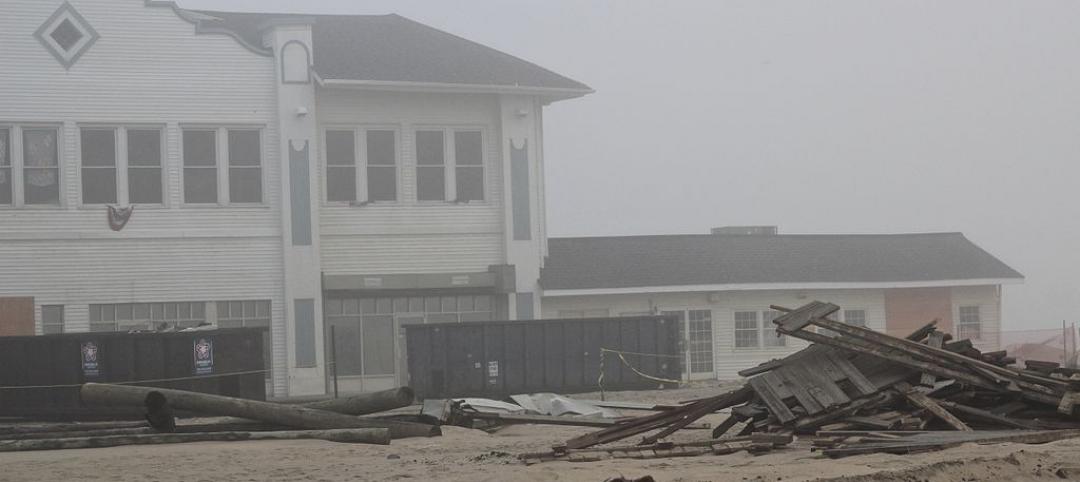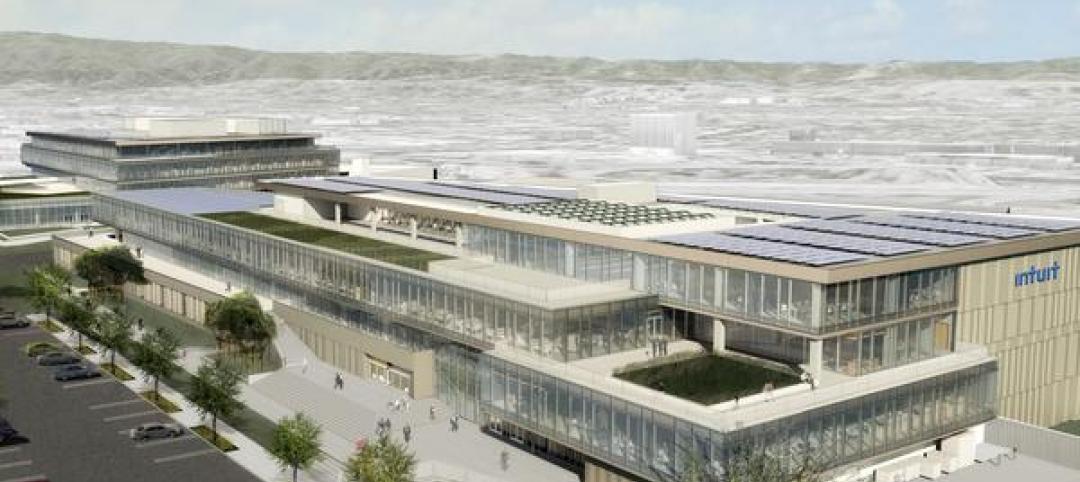There are many hurdles to overcome when completing a life cycle cost assessment. LCCAs have been praised by some and criticized or viewed with skepticism by others. Some AEC professionals like to use LCCAs to provide evidence that a certain design with a higher first cost attached to it actually achieves lower total cost of ownership over time.
Such an analysis, however, is only as good as the data that is used to complete it; in the end, you have to be able to justify and defend your results. When completing an LCCA, it is important to remain neutral and to use unbiased data.
Following are some words of advice regarding LCCAs, based on RMF Engineering’s experience on the Berkeley County School District HVAC study.
1. AVOID USING A “SIMPLE PAYBACK” METHODOLOGY. As the name implies, simple payback is a rudimentary methodology, and the results can be unsophisticated and even misleading. This method should not be used as an in-depth LCCA tool.
2. DON’T HIDE YOUR ASSUMPTIONS. The paucity of data on certain costs means that you will have to make assumptions, but these should not be allowed to affect the outcome of the analysis. It is important to thoroughly document all assumptions, costs, and calculations used in the analysis.
3. GET YOUR CONSTRUCTION DATA FROM THE BEST AVAILABLE SOURCES. Not many contractors and sales representatives are willing to divulge their actual cost for equipment, materials, and installation. Usually the best they will give you is the cost in dollars per square foot, which, unfortunately, is not sufficiently detailed to provide a proper analysis.
For HVAC life cycle cost analyses, manufacturers will often provide budget pricing for specific pieces of equipment, which can be useful. Resources such as RSMeans and published pricing guides for piping and other materials are also great resources for calculating cost and should be used instead of general cost.
4. MAKE THE EFFORT TO GET SOLID MAINTENANCE DATA. It is important to have a clear understanding of how an HVAC system will be maintained as well as how much it will cost the owner to maintain. Some owners prefer to do their own maintenance; others contract maintenance out. Some perform maintenance at regularly scheduled intervals; others wait until the equipment breaks down. Maintenance is probably the most poorly documented cost item in most LCCAs, but it can have a major impact on the accuracy and validity of the analysis. Make sure your maintenance data is up to date and specific to your project.
5. NAIL DOWN THE OWNER’S EXPERIENCE WITH EQUIPMENT LIFE. The life cycle of equipment varies by owner and can be drastically different than the manufacturer’s reported data. When comparing different types of systems, it’s important to discuss the owner’s experience with equipment life and how long they plan to use certain products. Any sharp differentiation from the norm could have a significant impact on the outcome of your analysis.
6. ANALYZE THE RESULTS CAREFULLY TO DETERMINE THE LEVEL OF CERTAINTY. For the BCSD project, the difference between the least expensive and next least expensive system was significant (13.1%), so we were comfortable in recommending it. Unfortunately, not every LCCA results in a clear winner. Each analysis will have a different level of uncertainty associated with it due to the assumptions, variables, and the analysis type. The more variables and assumptions there are, the higher the level of uncertainty. There are often intangibles that cannot be associated with a quantifiable cost, and one of these might end up becoming the deciding factor in your analysis.
7. LOOK FOR LCCA FUNDING FROM NON-CLIENT SOURCES. For the Berkeley County SD project the local utility cooperative, which happens to place a great deal of value on customer education, offered to partially fund the study in order to have access to the data. When proposing an LCCA to a client, check around to see who else could benefit from the analysis. There may be funding available to offset the cost to the owner or provide additional funding for a more in-depth study.
8. EXPECT THE UNEXPECTED. For our project, we originally modeled gas boilers for the water-source heat pump system to be similar to the four-pipe system. The energy models showed that there was virtually no requirement for heating of the condenser water loop due to our building type and climate. We suspected this might be the case because a nearby high school had been operating without a boiler and did not have heating problems. It was later decided that an electric boiler would be a better fit for the school district’s HVAC systems because its initial cost and associated annual maintenance costs would be far less than a gas boiler. It’s likely that you will face similar unanticipated results in future projects, so be prepared.
Related Stories
| Jun 25, 2014
AIA Foundation launches Regional Resilient Design Studio
The Studio is the first to be launched as part of the AIA Foundation’s National Resilience Program, which plans to open a total of five Regional Resilience Design Studios nationwide in collaboration with Architecture for Humanity, and Public Architecture.
| Jun 25, 2014
Frank Lloyd Wright’s Spring House, Cincinnati’s Union Terminal among 11 Most Endangered Historic Places for 2014
The National Trust for Historic Preservation released its annual list of 11 Most Endangered Historical Sites in the United States for 2014.
| Jun 25, 2014
Best of Britain: 56 buildings make it to the RIBA Stirling Prize's longlist
The longlist for the 2014 prize includes Foster + Partners' Marseille and London's now-famous Shard, designed by Renzo Piano.
| Jun 25, 2014
Green Building Initiative Announces New Appointments to Board
Glumac consulting engineer CEO Steve Straus and Plum Creek director of real estate Doug Cole join GBI's board of directors.
| Jun 25, 2014
Taking a page from Lean manufacturing for improved design review processes
SPONSORED CONTENT As more building project teams look for ways to collaborate better, technology continues to provide solutions. Yet, as I learned from the experience of one of my customers, choosing the wrong technology can have an underwhelming effect, causing a team to simply swap out old challenges for new ones.
| Jun 24, 2014
From Babylon to Sydney: The evolution of the modern workspace [infographic]
This infographic, made by Sunica de Klerk and originally posted by ArchDaily, shows the evolution of the office from 2400 B.C. to the present day.
| Jun 24, 2014
Mayor Rahm Emanuel announces plans for a Chicago Architecture Biennial
Chicago's mayor Rahm Emanuel announces plan to hold the Chicago Architecture Biennial in late 2015, intended to rival Venice's Biennale.
| Jun 24, 2014
Intuit begins work on LEED Platinum campus addition
Demolition will begin this week as a precursor to construction of Intuit's new addition to its Mountain View, Calif., campus. The first of two additions, a 185,000-sf building on Marine Way, is expected to begin construction in August.
| Jun 23, 2014
5 new designs unveiled for Make It Right homes at Fort Peck, Mont.
Make It Right, Brad Pitt's foundation that builds homes for people in need, has just revealed five new designs for the Fort Peck (Mont.) Indian Reservation.
| Jun 23, 2014
Gehry's 'glass sail' cultural center for Foundation Louis Vuitton set to open in October
Comissioned by Bernard Arnault, American legendary architect Frank Gehry's newest structure in Paris for Foundation Louis Vuitton will house eleven galleries and an auditorium for performing arts.















